Several U.S. states have recently responded to rising energy demands and the need for reduced carbon emissions with a commitment to purchase clean energy. Due to the availability of submerged federal lands with strong wind resources, offshore wind (OSW) farms provide a logical solution. According to windeurope.org, procurement commitments in the Northeast alone are already greater than those commissioned to date in Europe—the world’s current leader in offshore wind energy. Taken together with instability in the fossil fuels market compounded by the economic downturn resulting from COVID-19, these commitments signal that the tide in the U.S. is turning toward OSW. By combining clean energy with a comparatively short-time horizon, OSW power can drive economic development in an underutilized sector of the market.
According to Offshore magazine, to date, 27GW of OSW energy has been targeted nationwide for installation by 2030, with a 9-GW goal for New York State alone. For an idea of the scale of these commitments, it’s generally understood that 1 MW powers about 1,000 homes; 1 GW would therefore power as many as one million. For the burgeoning industry to deliver on its promise, a robust supply chain must be developed for OSW component manufacturing, assembly, and construction staging, as well as operations and maintenance once the farms are running. Since a U.S. supply chain does not currently exist, the industry’s first developers have relied on European and Asian supply chains to deliver components to the U.S. for assembly. The impact of COVID-19 on Europe and Asia has only highlighted the need to develop a domestic supply chain.
These companies are now looking for U.S. partners to help establish a footprint in the country. Despite a desire to act, limited available land in ports, feasibility of transporting parts due to size, and a lack of knowledge of U.S. regulations are significant barriers-to-entry.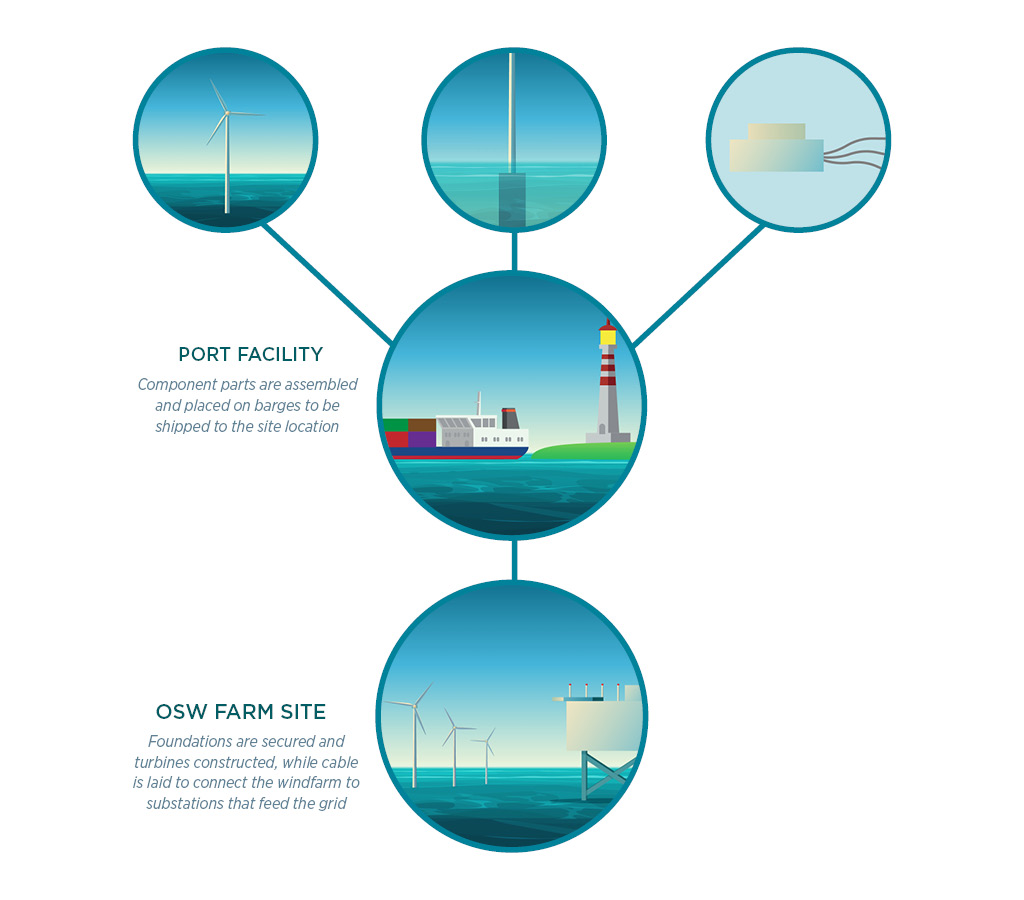
Limited Land Availability
Size is perhaps the most significant consideration when choosing ports for construction and assembly. Blades on the largest windmills can exceed 350 feet, so staging sites must have adequate space for tower and blade laydown, existing waterside infrastructure, deep-water access, heavy-lift capabilities, and no overhead restrictions.
It’s estimated that between one and five ports per U.S. geographical region will be needed to meet the 2030 goal of 27GW of OSW energy. In the North Atlantic region, four staging ports are required to support an estimated 20 projects totaling 10 GW. Supply chain companies looking to meet this challenge have a limited number of pre-existing ports with which to work. Additionally, any development towards their use for OSW supply chain operations would need to occur concurrently with existing port uses.
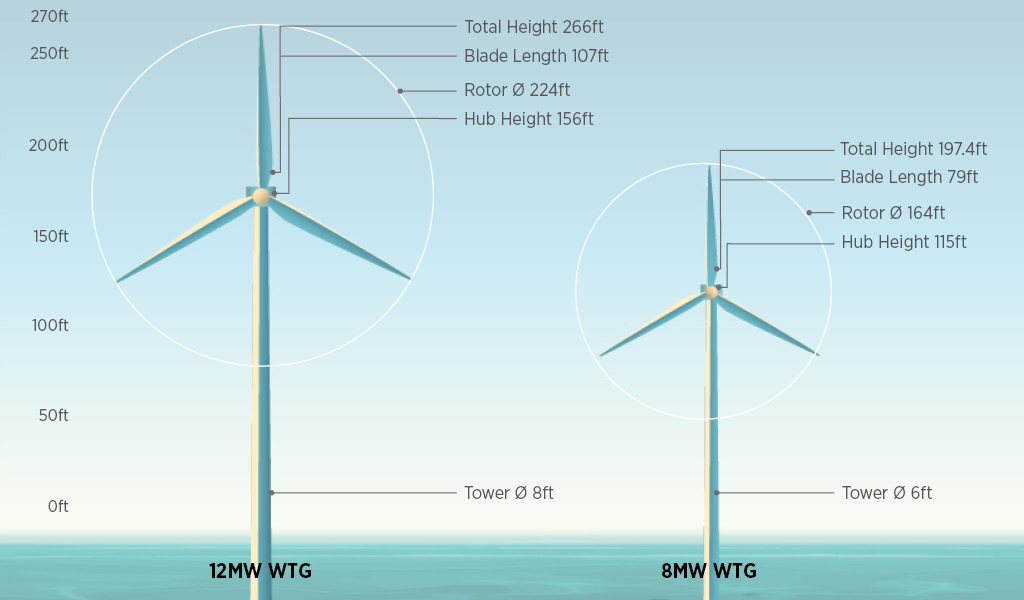
To help developers acquire the necessary resources to meet these challenges, Northeast and Mid-Atlantic states are also investing in developing their ports for OSW. Rhode Island has proposed $70 million and Connecticut $93 million in local port investment over the next several years. Massachusetts already has invested $113 million to support the assembly and deployment of OSW components at the 29-acre New Bedford heavy lift facility, and VHB worked with Commercial Development Company, Inc. to repurpose Brayton Point Power Station in Somerset, MA, for use as an OSW staging hub.
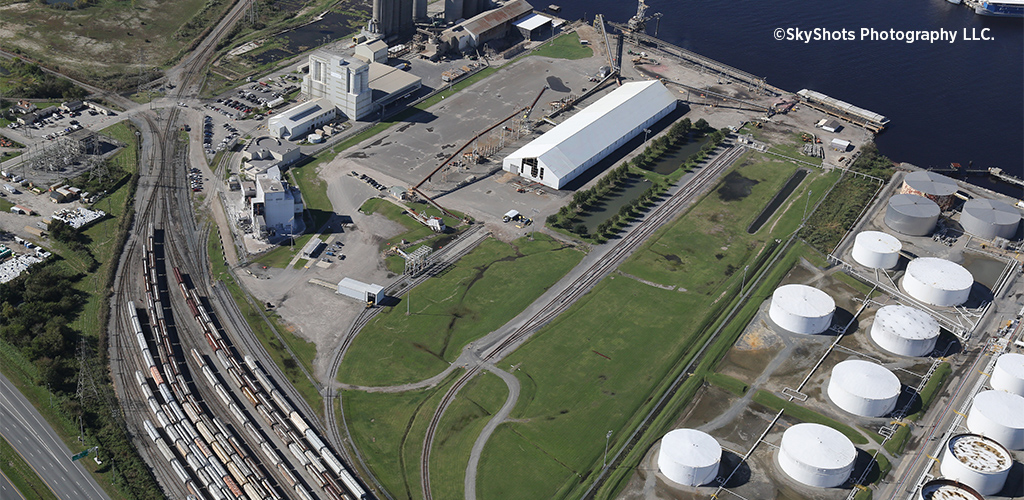
Feasibility of Transport
Developers looking to upgrade potential port sites often face infrastructure that wasn’t built for OSW, as well as outdated transportation infrastructure connecting the ports to nearby municipalities. Dredging, to provide deep-water access, will also be necessary at many sites. Due to such limitations, construction of the turbine foundations for Rhode Island’s Block Island Wind Farm—the nation’s first offshore wind farm—took place at a shipyard in Houma, LA.
An ideal solution would be to locate all manufacturing, constructing staging, and assembly for a given project in a single super port. The Portsmouth Marine Terminal in Virginia is one such possible site location. In much of the heavily metropolitan Northeast, however, finding potential super port sites is more challenging. In Massachusetts, the developers of Vineyard Wind signed an 18-month lease on the New Bedford Marine Terminal for $9 million and committed another $10 million to upgrade supply chain infrastructure. But the region will likely need to rely on cluster ports—two ports that share support of all supply chain activities—or a distributed network comprised of three or more ports that each provide three or less supply chain activities. This will require transportation infrastructure upgrades across multiple modes.
VHB provides innovative transportation infrastructure solutions along the eastern seaboard. As an example, when the Massachusetts Department of Transportation (MassDOT) and the Massachusetts Bay Transportation Authority (MBTA) needed to rebuild three structurally deficient railroad bridges in New Bedford, they turned to VHB to perform transportation planning, engineering design, and environmental and construction services on the project, which restored freight rail service that is vital to the city’s economic growth.
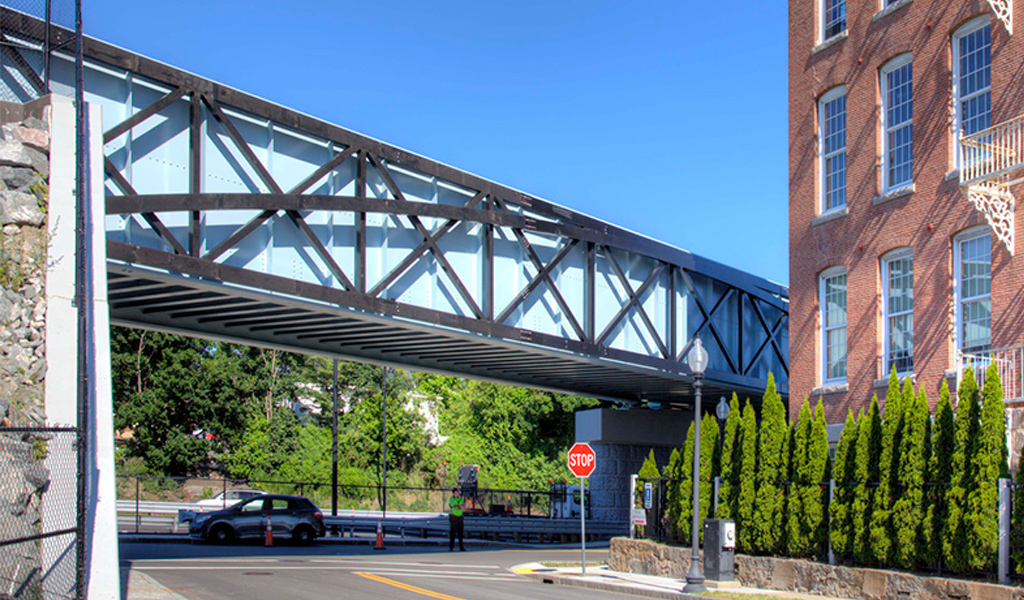
Navigating Regulations
Mitigating feasibility issues at ports, staging construction closer to a wind farm’s eventual location, and cutting transportation costs by updating infrastructure are just a few of the broad challenges facing the burgeoning OSW supply chain industry in the U.S. In terms of the market potential, capital expenditure is estimated to reach $4 million per MW and $70 billion in supply chain development to support the industry over the next 10 years. Coordination between supply chain companies and state and local municipalities is necessary to develop the facilities to support component manufacturing, assembly and construction staging, and operations and maintenance. This means developers will find themselves navigating a complex system of federal, state, and local regulations during every step of the process.
Once an appropriate port location is selected, extensive federal, state and local environmental review processes are often required to consider potential impacts. In Massachusetts, for example, port projects are subject not only to the Federal Clean Water Act, but also to the Massachusetts Environmental Policy Act, the Public Waterfront Act, and the Wetlands Protection Act. These add time and money to the entitlement permitting process and, without guidance from industry leaders, can result in significant delays and roadblocks.
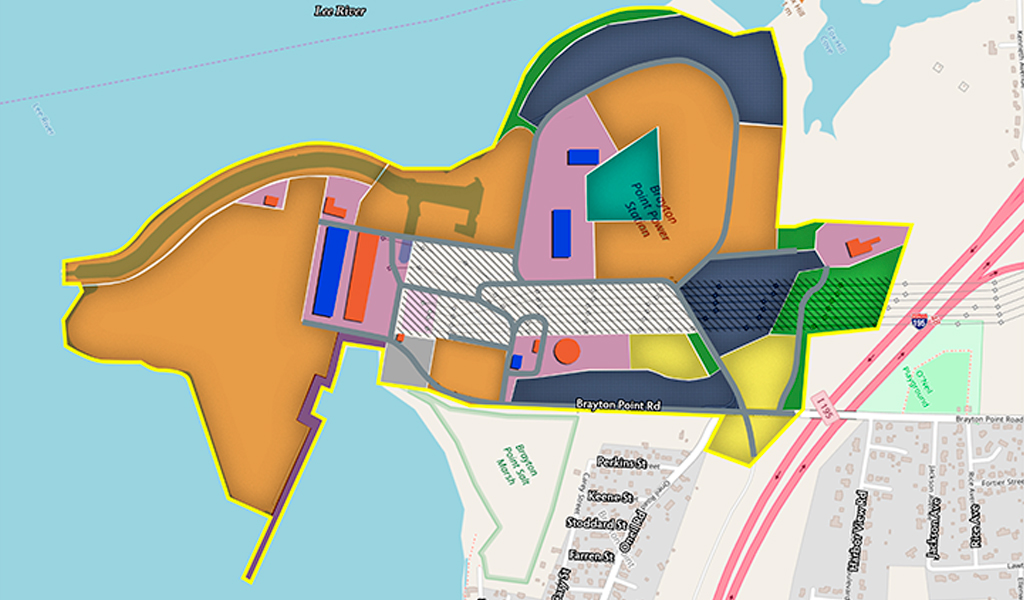
How VHB Can help
VHB shares the commitment of states that have answered rising energy demand with investments in offshore wind farms, and we understand the myriad opportunities that exist beyond the challenges this presents to developers. Our integrated services approach includes transportation planning, engineering design, cutting-edge technological screening and assessment tools, and environmental and construction services to meet the needs of both OSW developers and supply chain and port developers alike, helping to navigate land use, infrastructure, and regulations. Contact Sherrie Trefry to learn more about how VHB is helping to build an OSW supply chain in the U.S.



